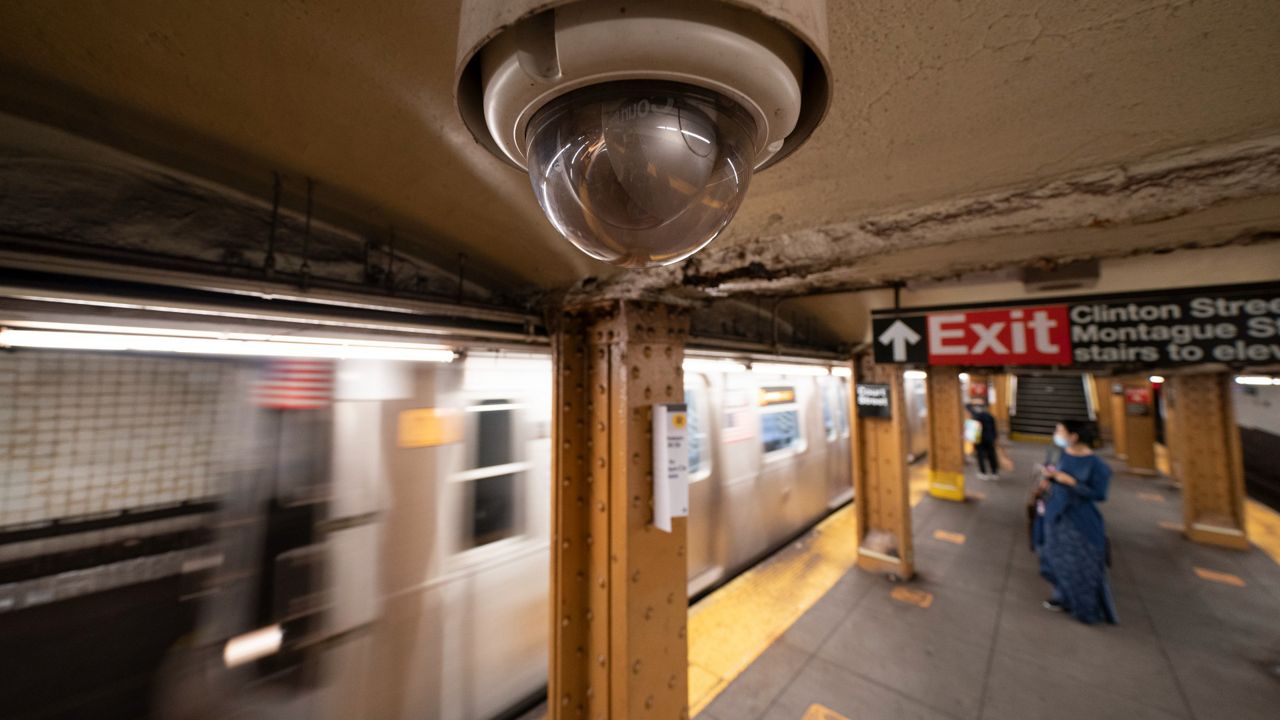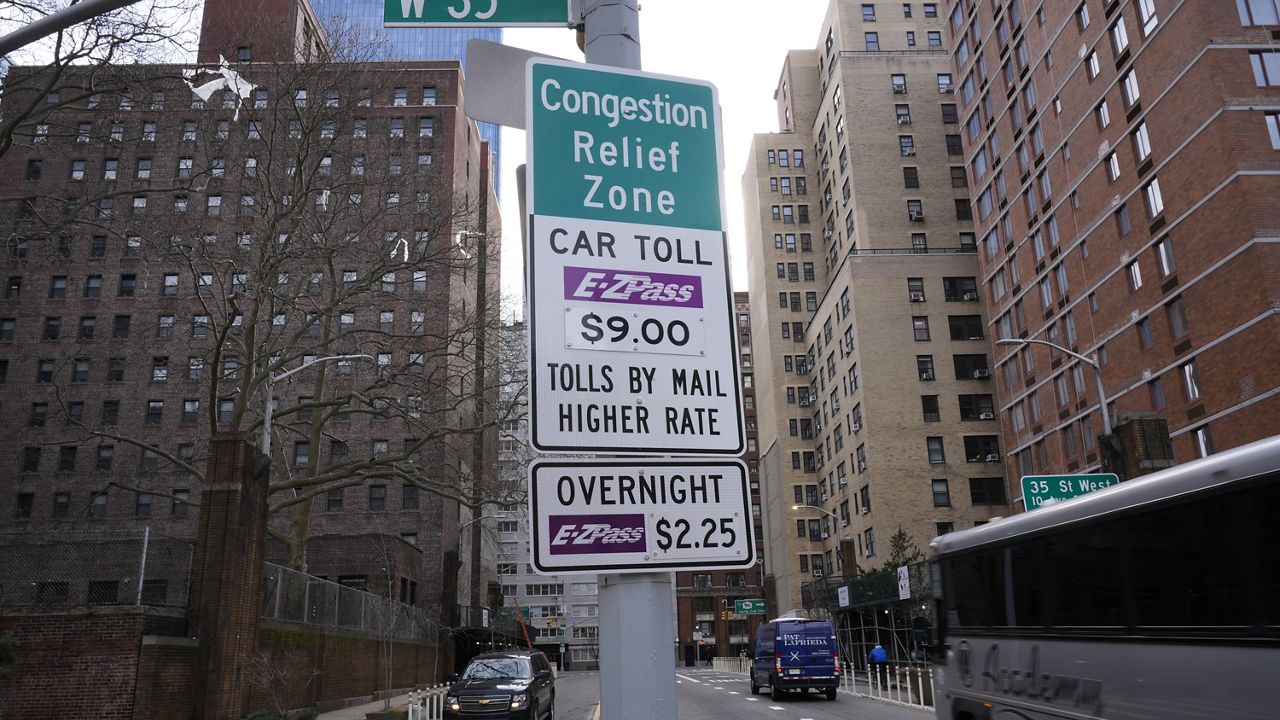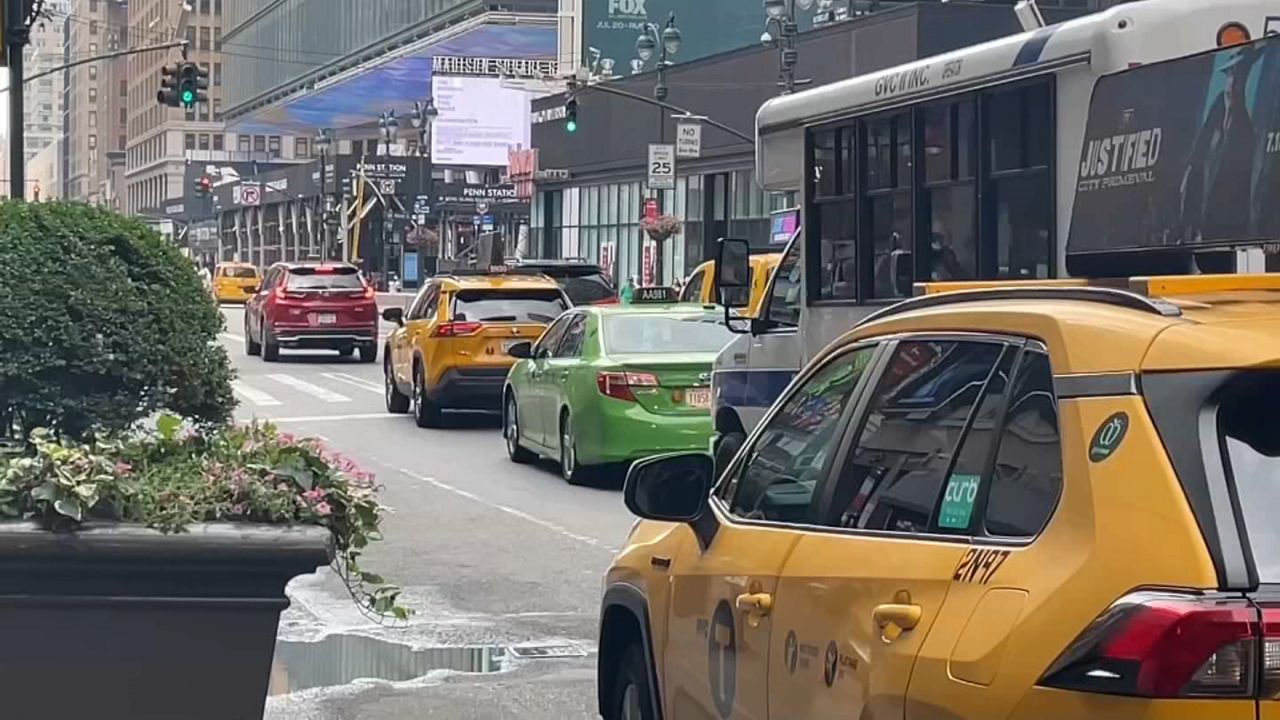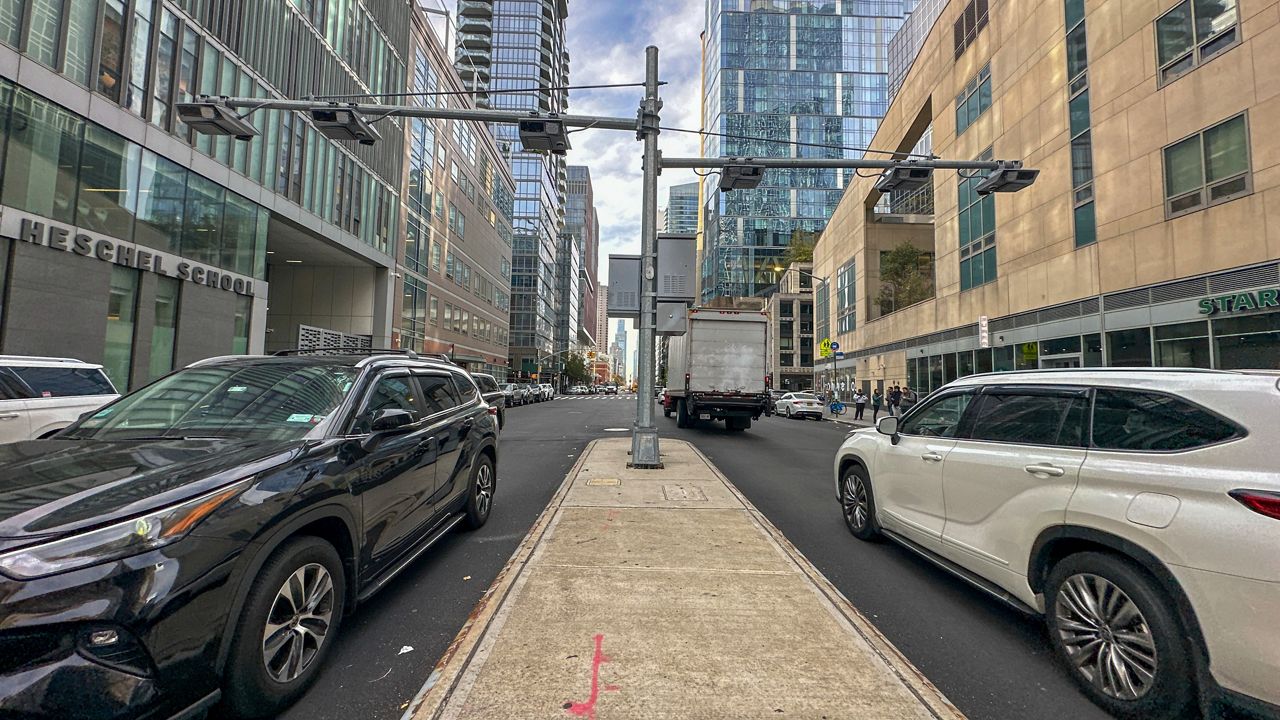In 2045, the city will look a lot different, including the MTA.
The MTA released its vision Wednesday on what it needs for the next 20 years, including a big change for 125th Street.
What You Need To Know
- The MTA released its vision Wednesday on what it needs for the next 20 years, including a big change for 125th Street
- Aging infrastructure, climate change and recent storms caused flooding in the system highlighted the problems the MTA said it faces to protect six million assets including railcars, buses, tracks and tunnels
- Next up, developing a capital program where MTA board members will hammer down what projects and improvements they have money for
The MTA imagines a new crosstown subway on 125th Street by extending the 2nd Avenue line from its future stop at 125th Street all the way to Broadway.
“If we rebuild the system for another 100 years, we can make generational investments to reconstruct and enhance our most important assets,” said Jamie Torres-Springer, president of MTA Construction and Development.
Also on the wish list for the MTA, building that Interborough Express, a light-rail line connecting Brooklyn and Queens.
The agency released its 20-year needs assessment detailing some of the major challenges the transit authority faces.
“Spoiler alert, we have a lot of assets that are in poor or marginal condition,” Torres-Springer said.
Aging infrastructure, climate change and recent storms caused flooding in the system highlighed the problems the MTA said it faces to protect six million assets including railcars, buses, tracks and tunnels.
“The MTA is giving information, so that everyone knows what’s at stake,” said MTA Chair Janno Lieber.
The pages do highlight tangible things the MTA has done to work through its challenges.
The agency has initiated $11.4 billion in new projects.
Some of them include modernizing the L and 7 line subway signals, investing $7.6 billion in climate resilient infrastructure, awarding 36 projects to bring stations up to ADA compliance and bringing 75 electric buses online to reduce operational emissions.
In a statement Lisa Daglian, executive director of the Permanent Citizens Advisory Committee to the MTA, said, in part, “These State-of-Good-Repair projects may sound boring, but when they fail, we see just how important they are to our daily lives. In a system so old and vast, it makes sense to focus on the basics, but also to look to future needs for riders across the region.”
Next up, developing a capital program where MTA board members will hammer down what projects and improvements they have money for.
In about 15 months, whatever is decided upon will be adopted.






